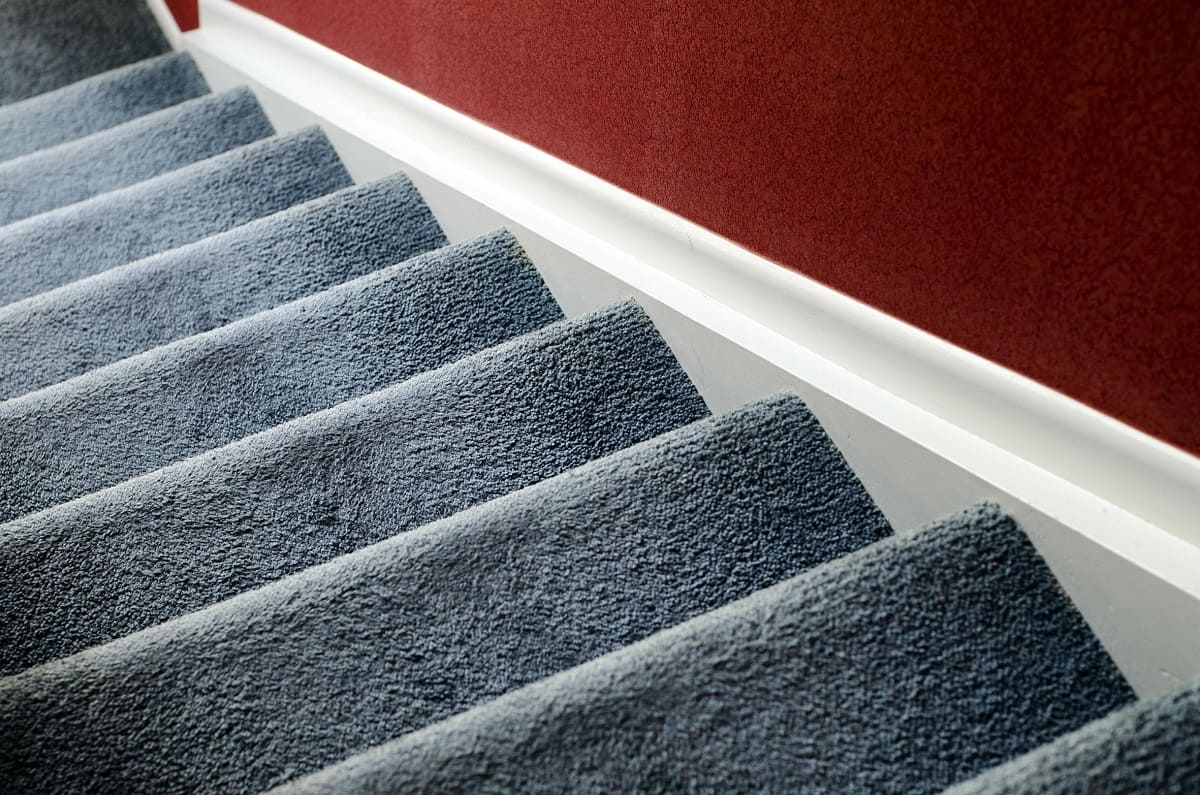

Articles
How To Make Carpet Stairs Less Slippery
Modified: May 6, 2024
Looking for articles on how to make carpet stairs less slippery? Check out our helpful tips and tricks to improve safety and prevent accidents.
(Many of the links in this article redirect to a specific reviewed product. Your purchase of these products through affiliate links helps to generate commission for Storables.com, at no extra cost. Learn more)
Introduction
Carpeted stairs are a popular choice in homes due to their comfort, warmth, and aesthetic appeal. However, they can also pose a safety hazard if they become slippery, increasing the risk of accidents and falls. Whether you have recently noticed that your carpet stairs are slippery or you want to take preventive measures, there are several effective ways to make your carpet stairs less slippery.
In this article, we will guide you through various methods to assess and improve the traction of your carpet stairs. By following these steps, you can create a safer environment for you and your family, while still enjoying the cozy feel of carpeted stairs.
Note: Before implementing any of the methods discussed, it is essential to assess the severity of slipperiness and determine the underlying causes. If you notice significant wear and tear or uneven surfaces on your carpet stairs, it is recommended to seek professional assistance for repairs or replacements.
Key Takeaways:
- Regular cleaning and maintenance are crucial for ensuring slip-resistant carpet stairs. Vacuuming, spot cleaning spills, and professional cleaning services help maintain a safe and clean surface.
- Applying anti-slip tapes or strips, using carpet stair treads, or installing non-slip bullnose treads are effective ways to enhance grip and reduce slipperiness on carpet stairs. These solutions provide both safety and style.
Read more: How To Make Outdoor Stairs Less Slippery
Assessing the Slipperiness of your Carpet Stairs
The first step in making your carpet stairs less slippery is to assess the level of slipperiness they currently pose. By understanding the causes and severity of the issue, you can determine the best course of action for improving traction.
One way to assess slipperiness is to carefully walk up and down the stairs, paying attention to any sliding or loss of grip. Take note of any areas where you feel less secure or encounter frequent slips. Additionally, observe if the slipperiness is consistent throughout the entire staircase or if it is localized to specific steps.
Another method to assess slipperiness is to conduct the water test. Sprinkle a small amount of water on different areas of the carpet stairs and observe how quickly it evaporates or if it leaves any visible water marks. If the water evaporates quickly or doesn’t leave any marks, it may indicate that the carpet fibers have worn down, resulting in reduced traction.
Furthermore, inspect the carpet stairs for any signs of excessive wear and tear, such as flattened or matted down fibers. These worn areas are more prone to becoming slippery as they no longer provide the necessary grip. Similarly, look for loose or frayed carpet edges that may cause tripping hazards.
It is also important to consider the type of carpet material used on your stairs. Some materials, such as low-pile or Berber carpets, generally have better traction compared to thick or plush carpets. Assessing the carpet material can give you insights into its slip-resistant properties.
By conducting a thorough assessment of the slipperiness of your carpet stairs, you can pinpoint the areas that require attention and determine which method will be most effective in making them less slippery.
Identifying the Causes of Slippery Carpet Stairs
Once you have assessed the slipperiness of your carpet stairs, it is important to identify the underlying causes. Understanding the reasons behind the slippery surface can help you choose the appropriate solution for improving traction.
Here are some common causes of slippery carpet stairs:
- Worn Carpet Fibers: Over time, the carpet fibers on stairs can become worn down, losing their texture and grip. This can make the stairs more slippery, especially in high-traffic areas. If you notice flattened or matted down fibers, it may be a sign that the carpet needs to be replaced or repaired.
- Accumulated Dirt and Dust: Dirt, dust, and other debris can accumulate on carpet stairs, reducing their traction. Regular vacuuming and cleaning are essential to remove these particles and maintain a clean and slip-resistant surface.
- Moisture or Spills: Moisture from wet shoes, spills, or even high humidity levels can make carpet stairs slippery. It is important to promptly clean up any spills and dry the stairs thoroughly to prevent slipperiness.
- Incorrect Cleaning Products: Using the wrong cleaning products on carpet stairs can leave behind a residue that makes them slippery. Always follow the manufacturer’s instructions and use appropriate carpet cleaning solutions to avoid this problem.
- Inadequate Padding: Insufficient padding underneath the carpet can contribute to slipperiness by causing the carpet to shift or become loose. Check if there is any padding-related issue and consider replacing or adding padding if needed.
- Uneven or Damaged Surface: If the surface of the stairs is uneven or damaged, it can affect the stability and grip, making them more slippery. Inspect the stairs for any loose boards, cracks, or other structural issues that need to be addressed.
By identifying the specific causes of slipperiness on your carpet stairs, you can take targeted actions to address those issues and make your stairs safer to use.
Cleaning and Maintaining Carpet Stairs for Improved Traction
Regular cleaning and maintenance play a crucial role in ensuring that your carpet stairs maintain good traction and remain slip-resistant. By following these simple steps, you can keep your carpet stairs clean and reduce the risk of slips and falls:
- Vacuum Frequently: Regular vacuuming helps to remove dirt, dust, and debris that can accumulate on your carpet stairs. Use a vacuum cleaner with a brush attachment to effectively clean the carpet fibers and prevent them from becoming matted down.
- Spot Clean Spills Immediately: Promptly clean up any spills or stains on your carpet stairs. Use a clean cloth or paper towel to blot the spill, working from the outside towards the center to prevent it from spreading. Avoid rubbing the spill, as this can push it deeper into the carpet fibers.
- Use Carpet Stain Removers: For more stubborn stains, consider using a carpet stain remover that is specifically designed for your type of carpet. Follow the instructions on the product and test it in an inconspicuous area first to ensure it does not damage or discolor your carpet.
- Dry Thoroughly: After cleaning spills or conducting spot treatments, make sure to dry the carpet stairs thoroughly. Use a clean towel or fan to aid in the drying process. Moisture on the carpet can contribute to slipperiness, so it is important to remove any excess moisture.
- Avoid Excessive Moisture: Minimize the exposure of your carpet stairs to excessive moisture. Encourage family members and guests to remove their shoes before going up or down the stairs to prevent tracking in dirt and moisture from outside. If your stairs are located in a high-humidity area, consider using a dehumidifier to control the moisture levels.
- Regular Professional Cleaning: Periodically, it is recommended to have your carpet stairs professionally cleaned to remove deep-seated dirt and restore their original appearance. Professional cleaning services utilize specialized equipment and techniques to thoroughly clean and refresh your carpet stairs.
- Repair or Replace Damaged Carpet: If you notice significant wear and tear, loose carpet edges, or damaged sections on your carpet stairs, it may be necessary to repair or replace the carpet. Damaged areas can contribute to slipperiness and pose a safety hazard.
By incorporating these cleaning and maintenance practices into your routine, you can ensure that your carpet stairs remain clean, fresh, and safe for use.
Applying Anti-Slip Tapes or Strips on Carpet Stairs
One effective method to make your carpet stairs less slippery is to apply anti-slip tapes or strips. These adhesive-backed materials provide an extra layer of grip and traction, enhancing the safety of your stairs. Here’s how you can apply them:
- Clean the Surface: Before applying the anti-slip tape or strips, make sure the surface of your carpet stairs is clean and dry. Vacuum the stairs thoroughly and remove any dirt or debris that may hinder the adhesive from sticking properly.
- Measure and Cut: Measure the length of each stair tread where you plan to apply the anti-slip tape or strip. Cut the tape or strip according to the measurements, making sure it fits the width of the step without extending over the edge.
- Peel off the Backing: Carefully peel off the backing of the anti-slip tape or strip, exposing the adhesive side. Start at one corner and gradually peel it back, ensuring that the entire adhesive side is exposed and ready for application.
- Apply Firmly: Align the tape or strip with the front edge of the step, ensuring that it is centered and straight. Begin at one end and slowly press down the adhesive side, smoothing it out as you go along. Apply firm pressure to ensure proper adhesion and eliminate any air bubbles or wrinkles.
- Repeat for Each Step: Repeat the above steps for each step of your carpet stairs, applying the anti-slip tape or strip firmly and evenly. Make sure to leave a small gap between the edges of the tape or strip to prevent trips and ensure longevity.
- Trim Excess: If necessary, trim any excess tape or strip using a sharp utility knife. Take care not to cut into the carpet or damage the surrounding area. Smooth out the trimmed edge to ensure a neat and tidy finish.
Anti-slip tapes or strips are available in various colors and designs, allowing you to choose one that complements your carpet stairs or blends in discreetly. They provide a cost-effective and easy-to-install solution for improving traction and reducing slipperiness on your carpet stairs.
Note: It is important to periodically inspect the tapes or strips and replace them if they show signs of wear or become loose. Proper maintenance will ensure their effectiveness and prolong their lifespan.
Consider adding a carpet runner or stair treads to your stairs to provide more traction and reduce slipperiness. Make sure to secure them properly to prevent tripping hazards.
Read more: How To Make Outdoor Steps Less Slippery
Using Carpet Stair Treads or Runners for Better Grip
Another effective way to enhance the grip and reduce slipperiness on your carpet stairs is by using carpet stair treads or runners. These protective coverings provide a non-slip surface and add an extra layer of traction to your stairs. Here’s how you can use them:
- Measure your Stairs: Begin by measuring the width and depth of each step on your carpet stairs. This will help you determine the size of the carpet stair treads or runners you need to purchase.
- Choose the Right Material: Consider the material of the carpet stair treads or runners. Opt for those made from non-slip materials such as rubber or textured fabrics that offer excellent traction. It is essential to select materials that are safe and durable for long-lasting use.
- Secure the Treads or Runners: Place the carpet stair treads or runners on each step, starting from the bottom and working your way up. Ensure that they are centered and aligned with the edges of the steps. Some treads or runners come with adhesive backing for easy installation, while others may require additional securing methods like carpet tape or staples.
- Trim Excess Material: If necessary, trim any excess material on the treads or runners to ensure a proper fit. Use sharp scissors or a utility knife, following the shape and size of the step. Take care not to damage the underlying carpet or the surrounding area.
- Secure the Edges: To further secure the carpet stair treads or runners and prevent them from shifting or curling at the edges, you can use adhesive carpet tape or double-sided carpet tape. Apply the tape along the edges of each tread or runner, pressing firmly to ensure a strong bond with the step.
- Maintain and Clean: Regularly clean and maintain the carpet stair treads or runners to preserve their non-slip properties. Vacuum or shake them to remove dirt and debris. If they are washable, follow the manufacturer’s instructions to clean them properly. Avoid the use of harsh chemicals or cleaners that may damage the materials.
Carpet stair treads or runners not only provide better grip but also add a decorative element to your stairs. They come in a variety of colors, patterns, and textures, allowing you to customize the look of your carpeted stairs while improving safety and reducing slipperiness.
Note: Regularly inspect the carpet stair treads or runners for any signs of wear, loose edges, or shifting. Replace them if necessary to maintain their effectiveness and safety.
Installing Non-Slip Bullnose Carpet Stair Treads
If you want to add both style and safety to your carpet stairs, installing non-slip bullnose carpet stair treads is a great option. Bullnose stair treads are specifically designed with a rounded edge to fit perfectly on the front of each step, providing additional traction and preventing slips. Here’s how you can install them:
- Measure your Stairs: Start by measuring the width and depth of each step on your carpet stairs. Take accurate measurements to ensure a proper fit for the bullnose treads.
- Select the Right Size and Style: Choose bullnose stair treads that are specifically designed for your stair dimensions. They should have a non-slip backing and be made of high-quality material to ensure durability and safety. Consider the color and style that will complement your existing carpet and overall aesthetic.
- Clean the Steps: Thoroughly clean the surface of each step in preparation for the installation. Remove any dirt, dust, or debris that may hinder the adhesion of the bullnose treads. A clean surface will ensure a secure and long-lasting installation.
- Apply Adhesive: Apply a double-sided carpet tape or recommended adhesive to the back of the bullnose tread. Alternatively, some bullnose treads come with adhesive backing, making installation even easier. Follow the manufacturer’s instructions for the best adhesive option.
- Position and Press: Carefully place each bullnose tread on its corresponding step, ensuring it fits snugly against the front edge. Start from the bottom step and work your way up. Press firmly on the tread to ensure proper adhesion and eliminate any air bubbles or wrinkles.
- Secure the Edges: To make the installation more secure, you can use additional adhesive or carpet tape to fix the bullnose tread’s edges. Apply the adhesive or tape along the edges of each tread, pressing firmly to ensure a tight bond.
- Trim Excess Material: If necessary, trim any excess material from the bullnose tread using sharp scissors or a utility knife. Take care not to damage the underlying carpet or the surrounding area while trimming.
Installing non-slip bullnose carpet stair treads not only enhances the safety of your carpet stairs but also adds a stylish and finished look. The rounded edge of the bullnose creates a smooth transition between steps and provides a secure grip for safer ascending and descending.
Note: Regularly check the bullnose treads for any signs of wear, loose edges, or shifting. Replace them if needed to maintain their effectiveness in improving traction and preventing slips.
Adding Carpet Adhesive or Non-Slip Pads on Stair Treads
If you want to improve traction on your carpet stair treads without changing their appearance, adding carpet adhesive or non-slip pads is a simple and effective solution. These products provide a non-slip surface and can be easily applied to the underside of each tread. Here’s how you can do it:
- Clean the Stair Treads: Start by cleaning the surface of each stair tread to remove any dust, dirt, or debris. A clean surface will ensure better adhesion and longevity of the adhesive or non-slip pads.
- Measure and Cut: Measure the dimensions of each stair tread to determine the size of the adhesive or non-slip pad required. Cut the adhesive or pad to fit the width and length of the tread accurately.
- Apply Carpet Adhesive: If you choose to use carpet adhesive, apply a thin, even layer on the underside of each stair tread. Follow the manufacturer’s instructions for the best application method. Take care not to use too much adhesive, as it may ooze out from the sides.
- Attach Non-Slip Pads: If you prefer non-slip pads, peel off the protective backing to reveal the adhesive side. Carefully place the pad on the underside of each stair tread, ensuring it is centered and aligned with the edges. Press down firmly to secure the pad in place.
- Smooth Out Any Air Bubbles: After applying the carpet adhesive or non-slip pads, smooth out any air bubbles or wrinkles for a secure and seamless installation. Use a roller or your hand to press down on the adhesive or pad, working from the center towards the edges.
- Allow Time to Dry: Give the adhesive or non-slip pads sufficient time to dry and set according to the manufacturer’s instructions. Avoid walking on the stair treads during this drying period to ensure a strong bond.
Adding carpet adhesive or non-slip pads to your stair treads provides an invisible and effective way to improve traction and prevent slips. These methods do not alter the appearance of your stairs, making them ideal for maintaining the original aesthetic of your carpeted staircase.
Note: Regularly check the adhesive or non-slip pads for any signs of wear or loss of traction. Replace them as needed to ensure continued slip resistance and safety.
Trying DIY Methods to Reduce Slipperiness on Carpet Stairs
If you’re looking for cost-effective and creative ways to make your carpet stairs less slippery, there are several DIY methods you can try. These methods utilize household items or simple techniques to improve traction and enhance the safety of your stairs. Here are a few DIY solutions to consider:
- Carpet Shampoo with Vinegar: Create a cleaning solution by mixing carpet shampoo with a small amount of vinegar and warm water. Use a scrub brush or sponge to apply the solution to your carpet stairs, focusing on high-traffic areas. The vinegar helps remove residue and restore grip to the fibers.
- Sand or Cat Litter: Sprinkle a small amount of sand or clean cat litter on your carpet stairs, focusing on areas that are particularly slippery. These materials provide added traction and grip to the surface, reducing the risk of slips and falls. Vacuum the stairs regularly to remove the sand or cat litter.
- Baking Soda: Sprinkle baking soda on your carpet stairs and let it sit for a few hours or overnight. Baking soda helps absorb moisture and remove odors, making the stairs less slippery. Vacuum thoroughly to remove the baking soda residue.
- Traction Pads or Stickers: Purchase adhesive traction pads or stickers designed specifically for reducing slipperiness on stairs. These products come in various shapes and sizes and can be easily applied to the surface of each step for improved grip.
- Rubberized Rug Grippers: Attach rubberized rug grippers or non-slip mats to the underside of each stair tread. The grippers adhere to the carpet and prevent the treads from shifting or sliding, making the stairs safer to use.
- Double-Sided Carpet Tape: Apply double-sided carpet tape to the underside of each stair tread to provide additional grip and prevent slipping. Ensure that the tape is applied evenly and securely for maximum effectiveness.
- Regular Maintenance: Simple measures like regular vacuuming, cleaning up spills promptly, and keeping the stairs dry can go a long way in reducing slipperiness. Create a cleaning routine and make it a habit to maintain the cleanliness and safety of your carpet stairs.
While these DIY methods can be effective in reducing slipperiness on your carpet stairs, keep in mind that they may require regular maintenance and monitoring to ensure continued effectiveness. If the slipperiness persists or worsens, it is advisable to consult with professionals or consider more permanent solutions like carpet replacement or professional anti-slip treatments.
Note: Prioritize safety and test any DIY method on a small, inconspicuous area of your carpeted stairs before applying it to the entire staircase to avoid potential damage.
Read more: How To Make A Tile Floor Less Slippery
Conclusion
Slippery carpet stairs can be a safety concern in any home, but fortunately, there are numerous solutions available to make them less slippery and reduce the risk of accidents. By taking the time to assess the slipperiness of your carpet stairs and identifying the underlying causes, you can choose the most suitable method for improving traction.
Regular cleaning and maintenance of your carpet stairs are essential in ensuring their slip-resistance. Vacuuming frequently, spot cleaning spills, and promptly drying the stairs can help maintain a clean and safe surface. Additionally, consider using carpet stain removers and opting for professional cleaning services to remove deep-seated dirt and refresh the carpet.
If you prefer a more straightforward approach, applying anti-slip tapes or strips to the carpet stairs can provide an immediate increase in grip. The adhesive-backed material adheres firmly to the stairs and improves traction, making your stairs safer to walk on.
For those who want both functionality and style, utilizing carpet stair treads or runners can enhance the visual appeal while providing better grip. These coverings are available in various materials and designs, allowing you to personalize your stairs while reducing slipperiness.
Another option is to install non-slip bullnose carpet stair treads. These treads are designed with a rounded edge to fit perfectly on the front of each step, ensuring a secure grip and a smooth transition between steps.
Alternatively, applying carpet adhesive or non-slip pads to the underside of the stair treads can provide an invisible solution for reducing slipperiness. These DIY methods are easy to implement and do not alter the appearance of your carpet stairs.
Lastly, if you prefer to explore DIY options, there are several creative methods you can try. These include using carpet shampoo with vinegar, sprinkling sand or cat litter, and utilizing baking soda to improve traction on your carpet stairs. Additionally, traction pads or stickers, rug grippers, and double-sided carpet tape can be effective in reducing slipperiness.
Ultimately, the key is to find the method that works best for your specific situation and ensures the safety of everyone in your household. Remember to regularly inspect and maintain your chosen solution to ensure its continued effectiveness in reducing slipperiness on your carpet stairs.
By implementing these strategies and taking proactive steps to address slipperiness, you can create a safer environment and enjoy the comfort and aesthetic appeal of your carpeted stairs with confidence.
Curious about enhancing safety and comfort on your staircase? Our next article delves into the world of stair treads, providing insights on what tread on stairs is and how it can significantly improve your steps' security and aesthetic appeal. Whether you're planning a renovation or just aiming to refine your current stairway, understanding stair treads proves crucial for every homeowner desiring a safe and stylish ascent or descent.
Frequently Asked Questions about How To Make Carpet Stairs Less Slippery
Was this page helpful?
At Storables.com, we guarantee accurate and reliable information. Our content, validated by Expert Board Contributors, is crafted following stringent Editorial Policies. We're committed to providing you with well-researched, expert-backed insights for all your informational needs.
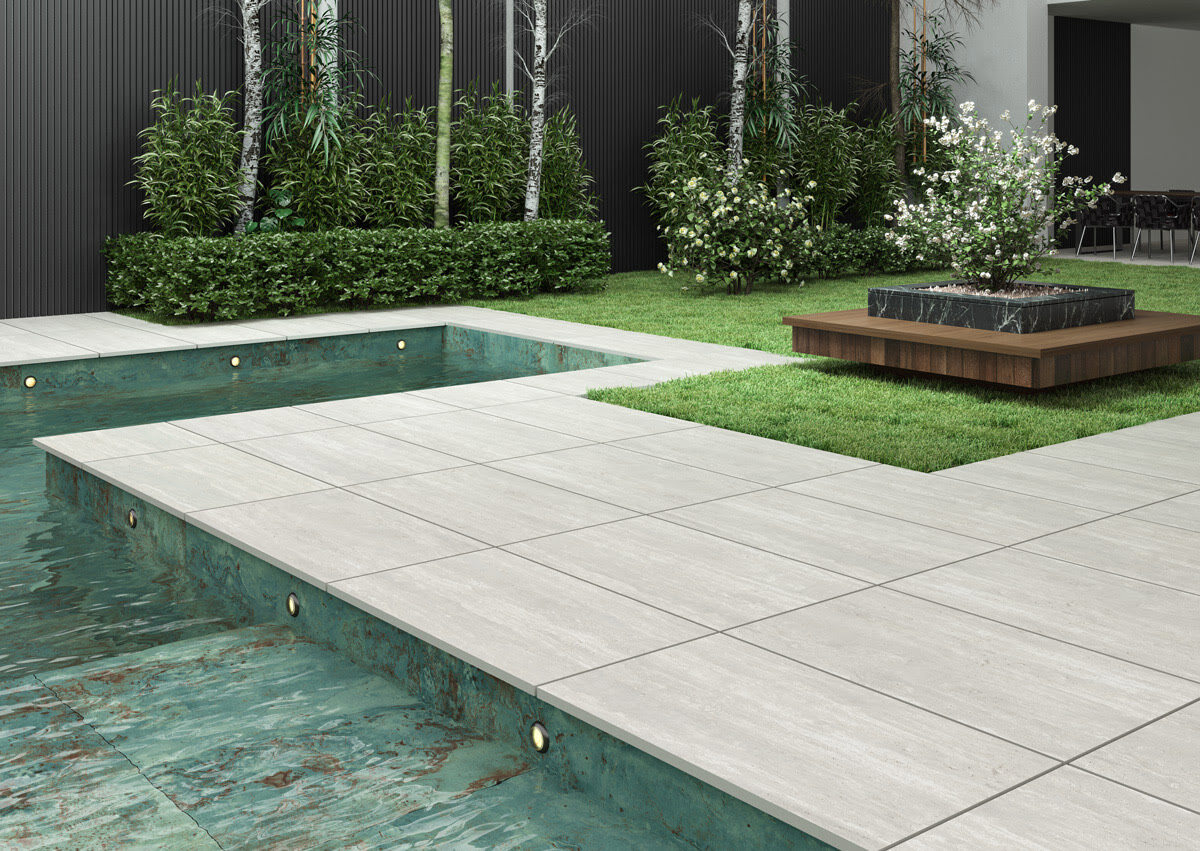
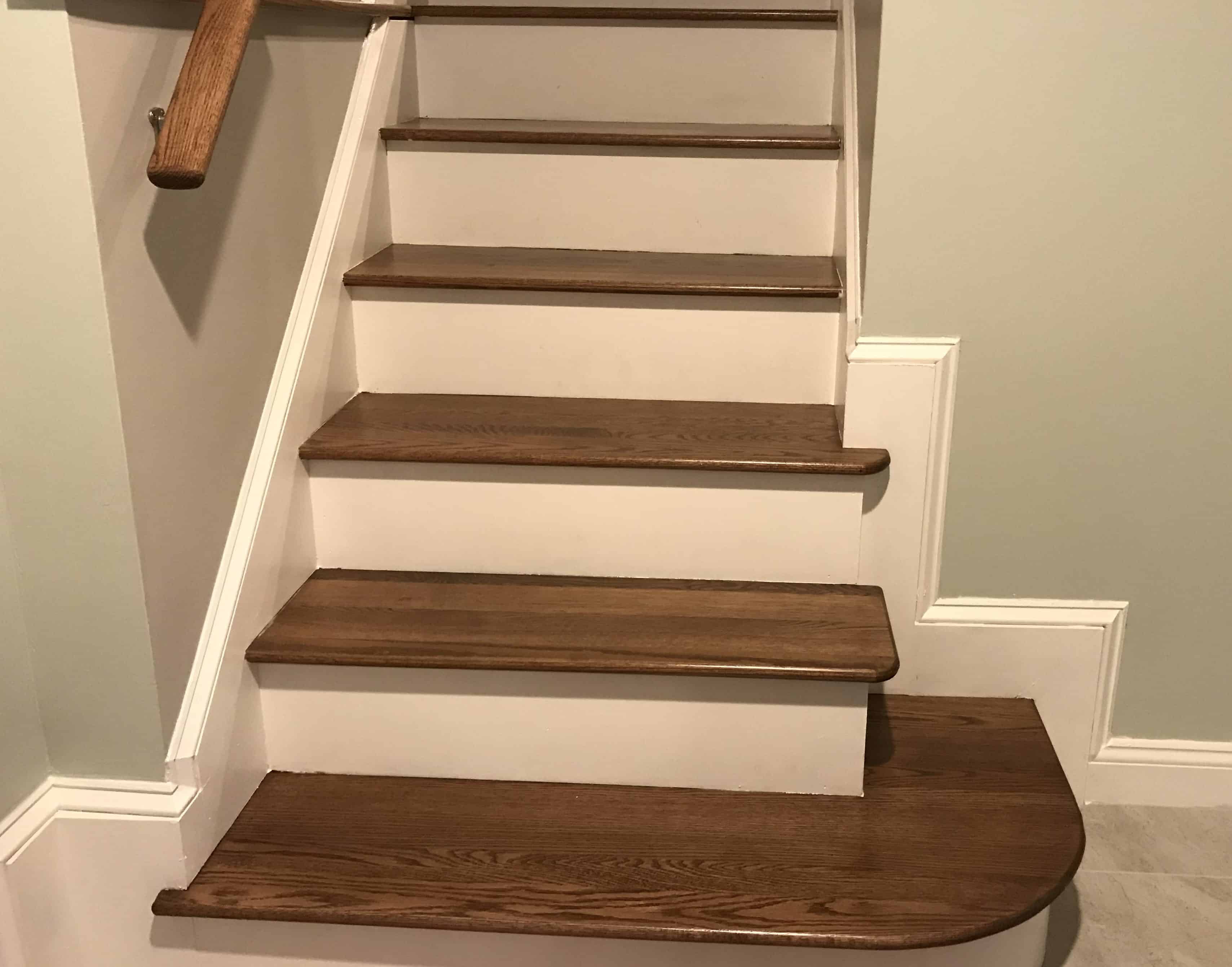
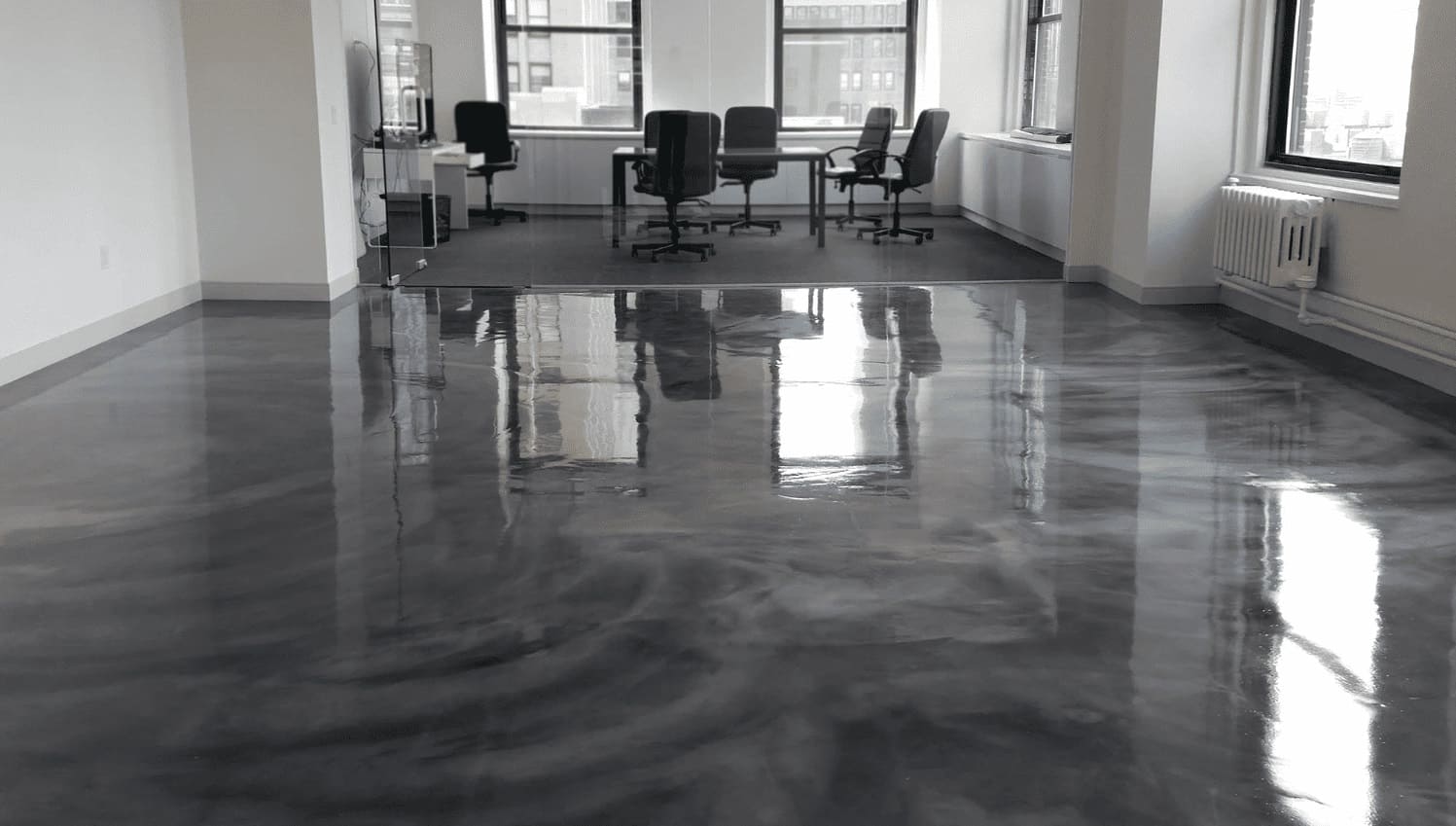
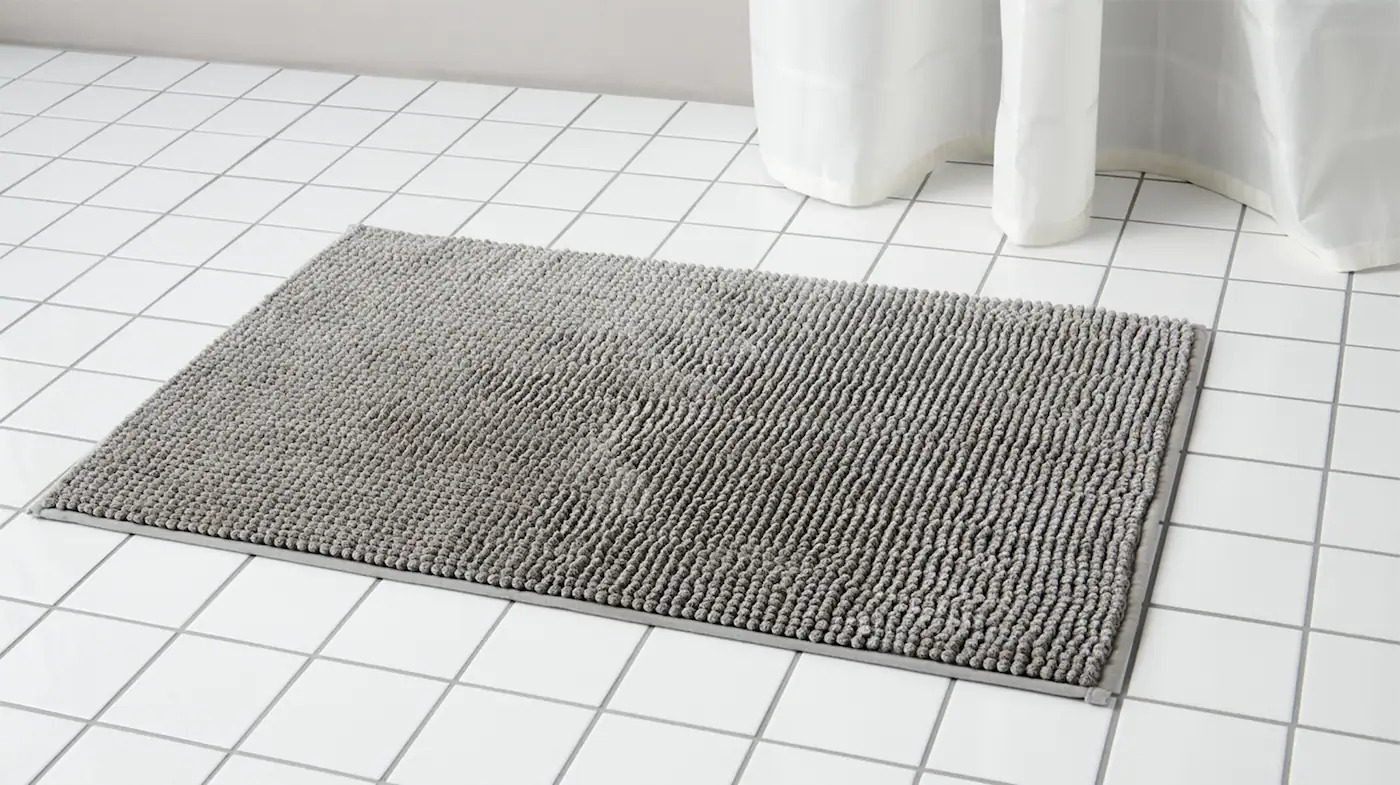
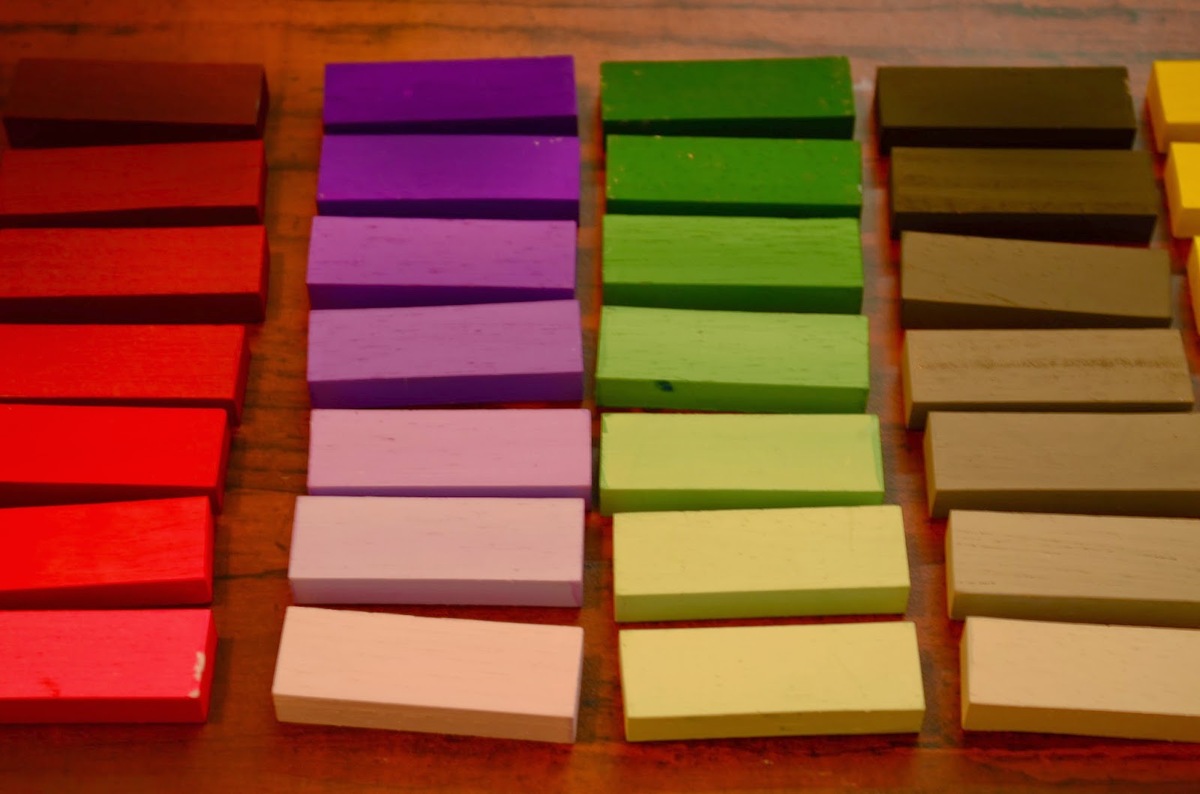
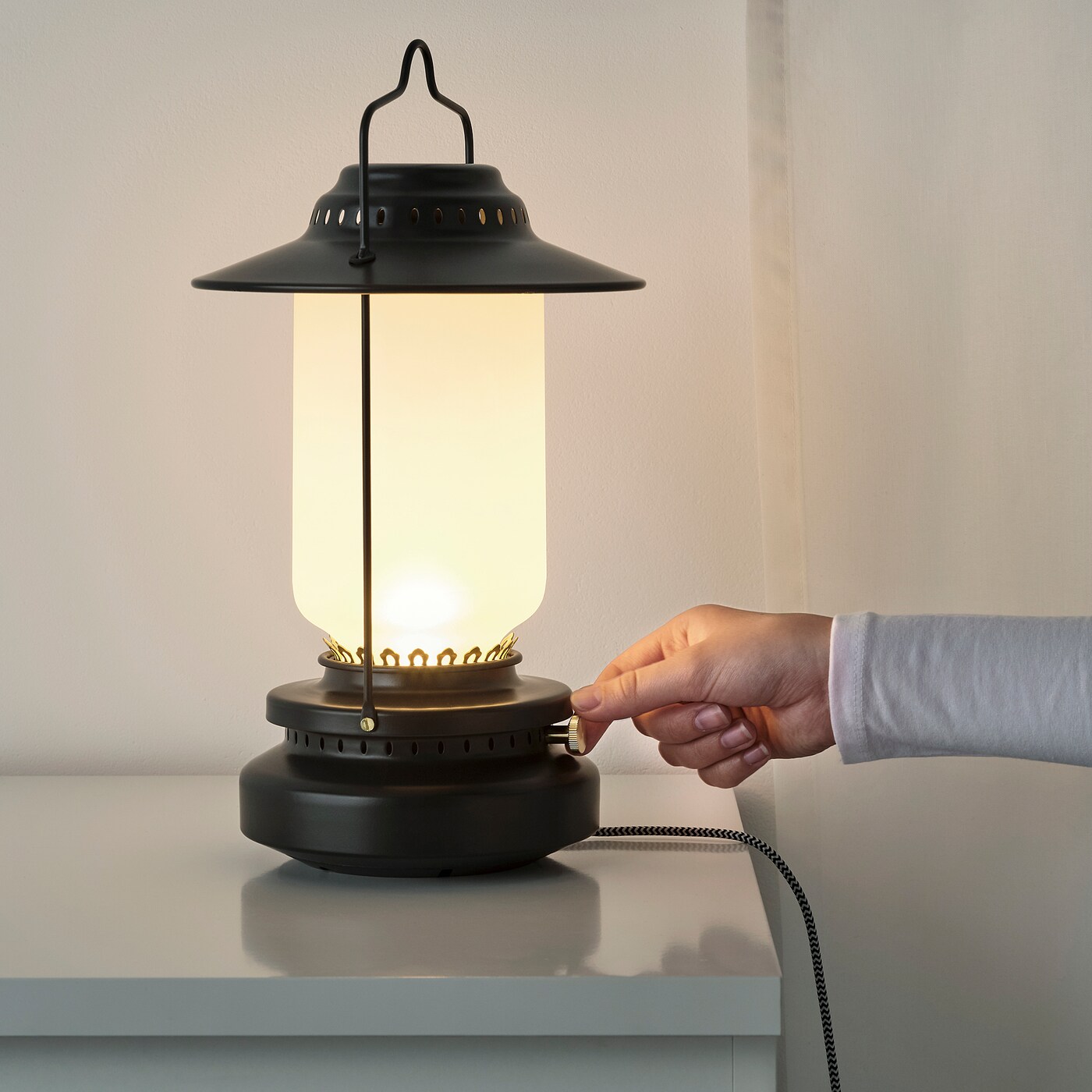
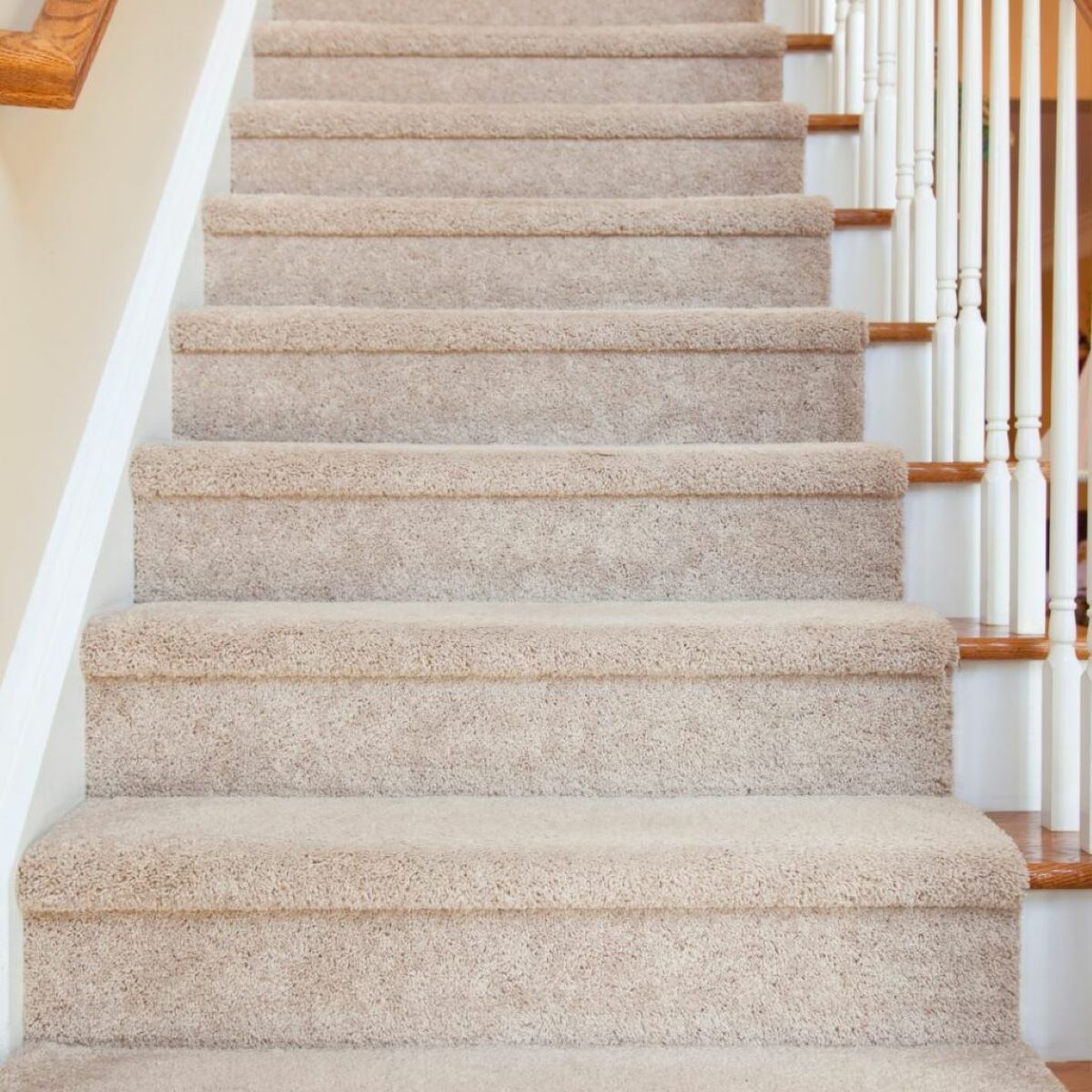
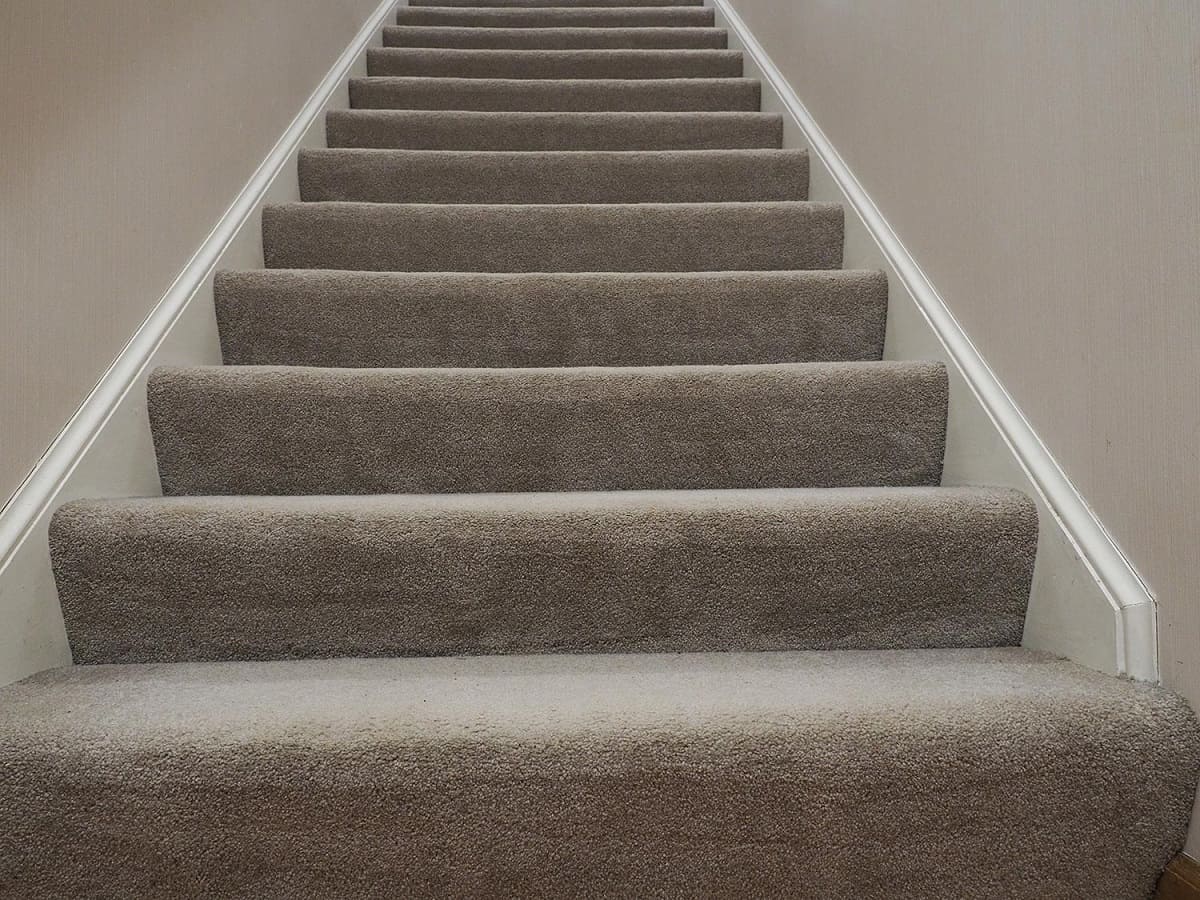
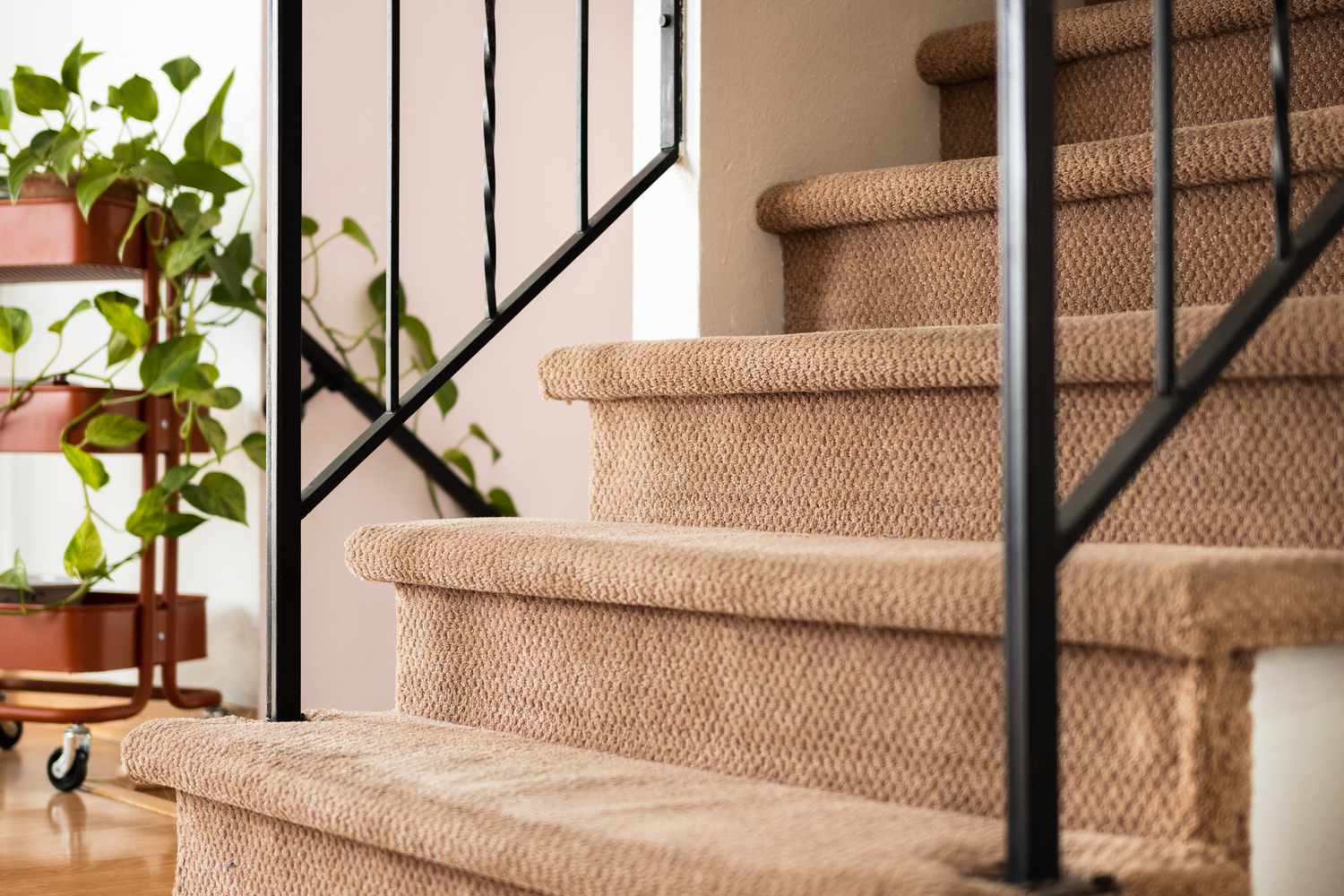
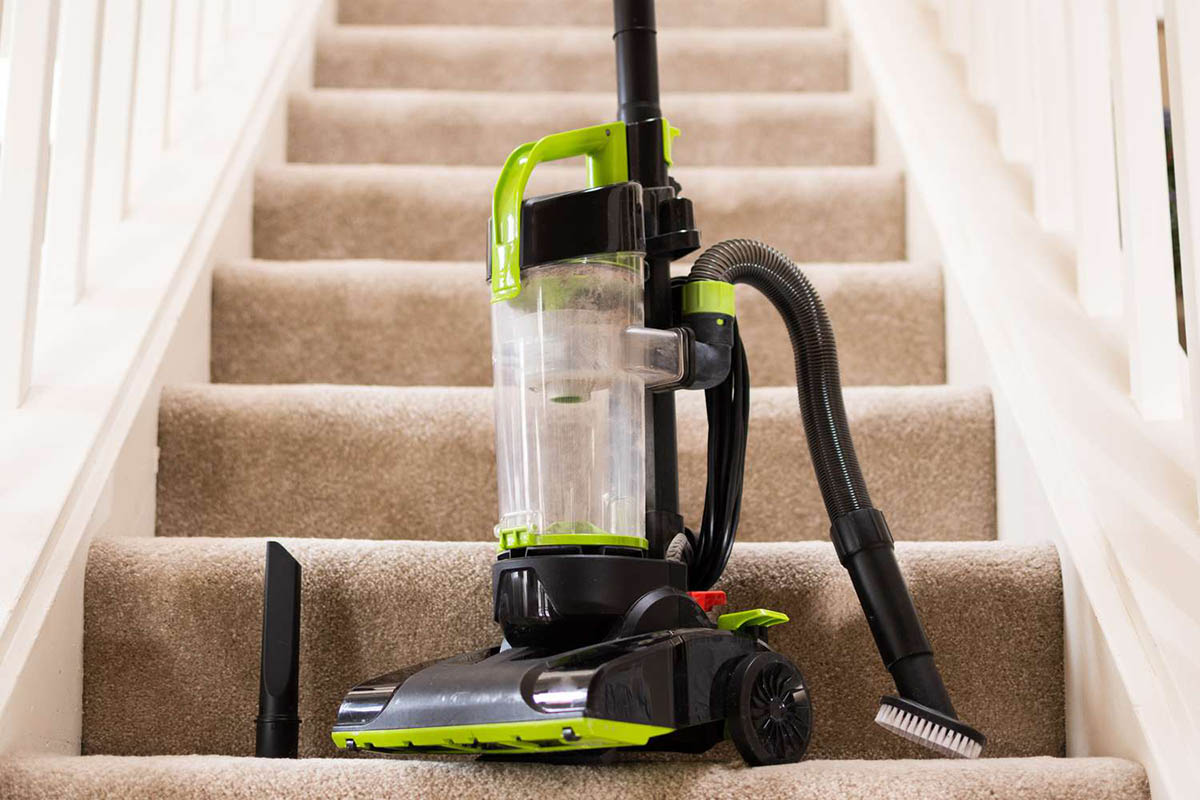
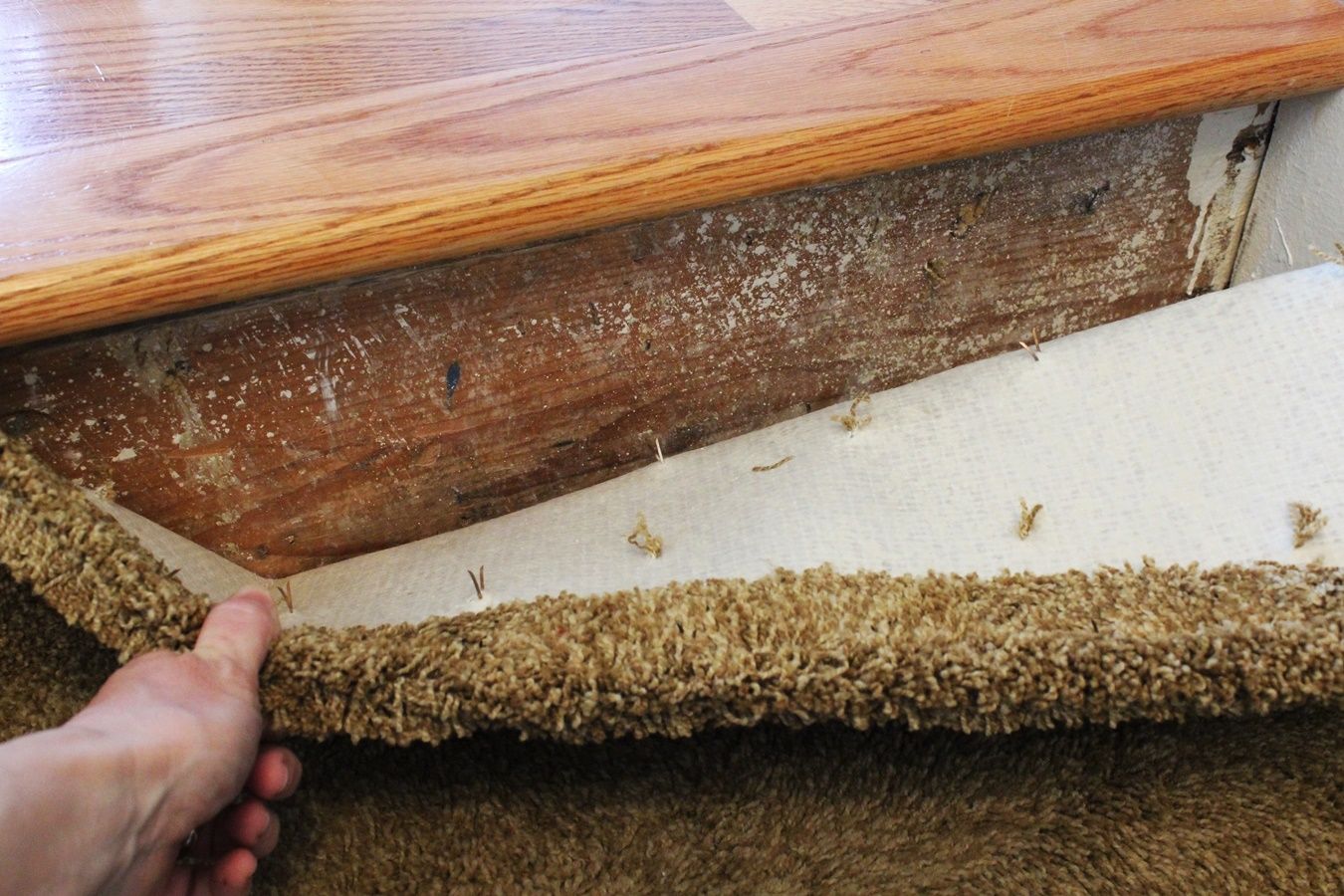
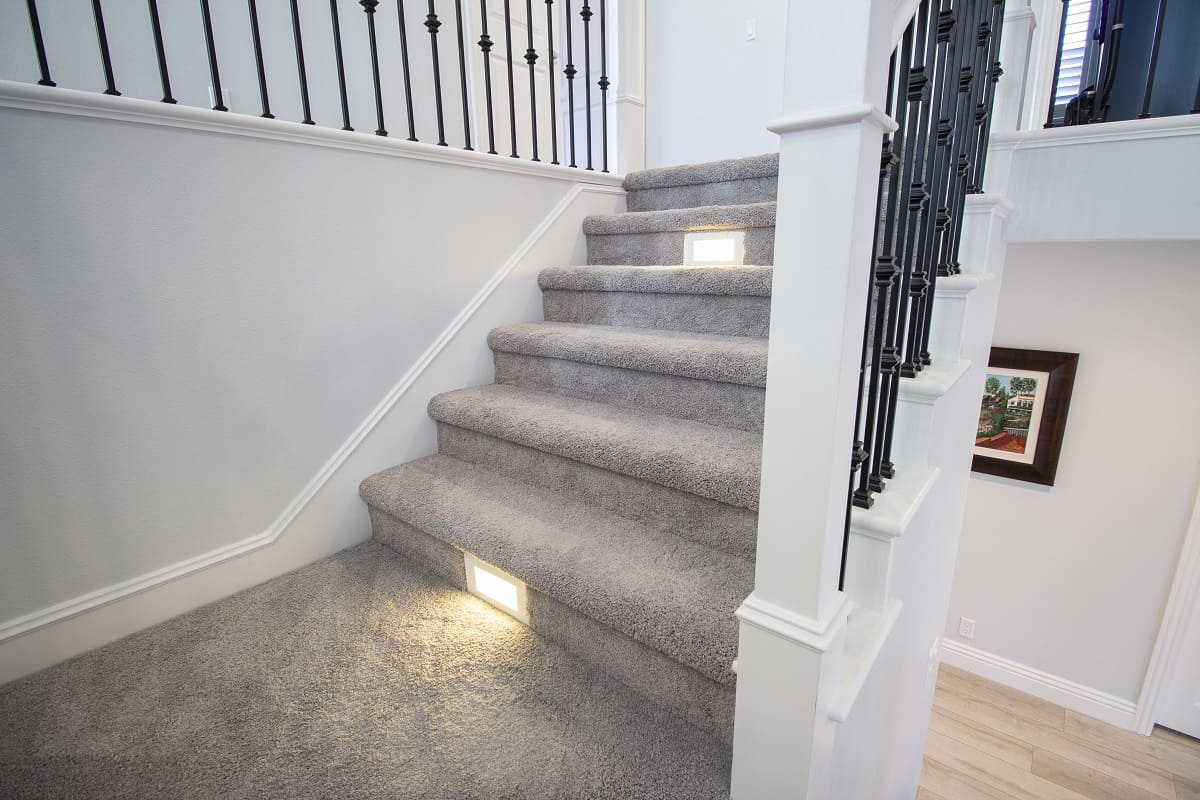
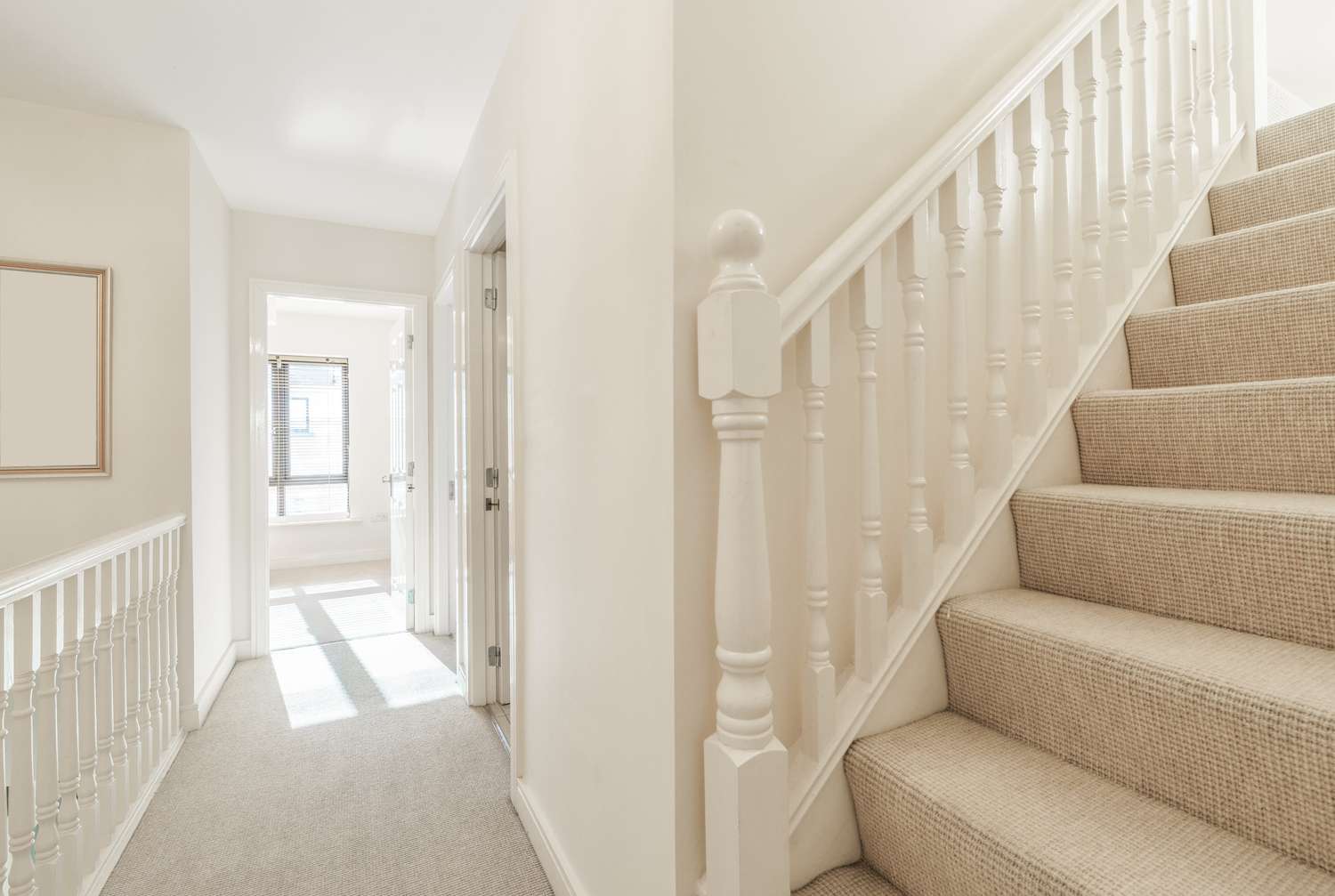

0 thoughts on “How To Make Carpet Stairs Less Slippery”